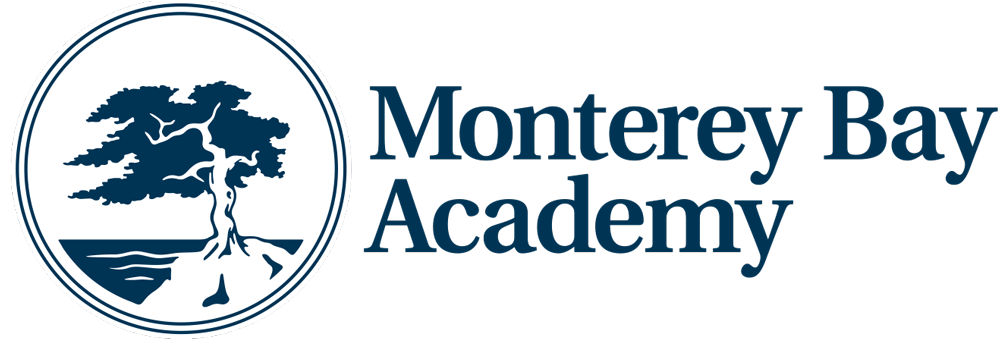The History of MBA
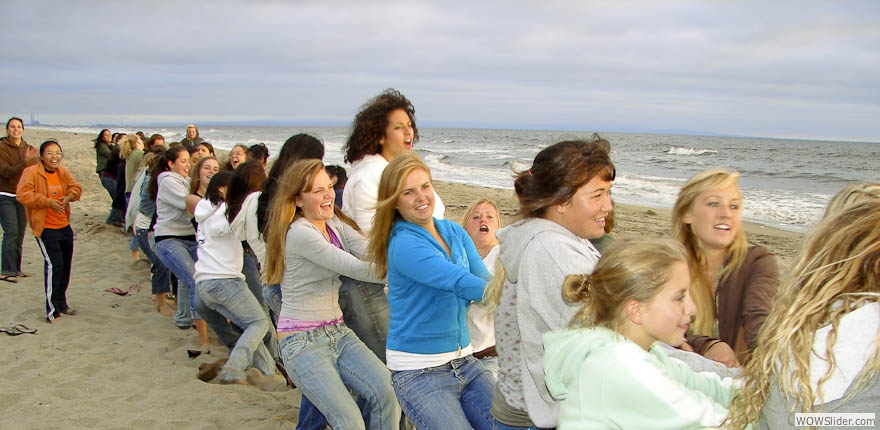
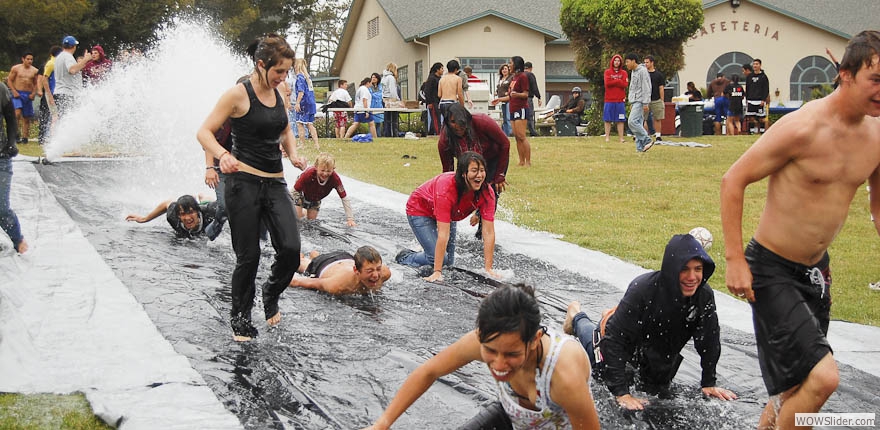
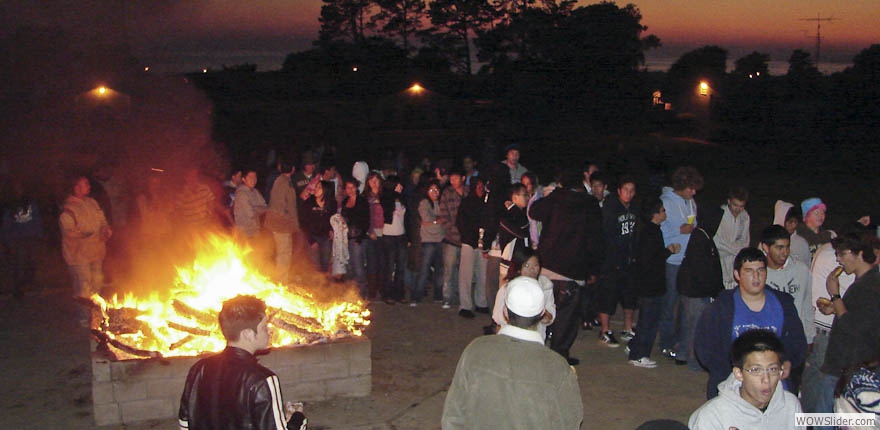
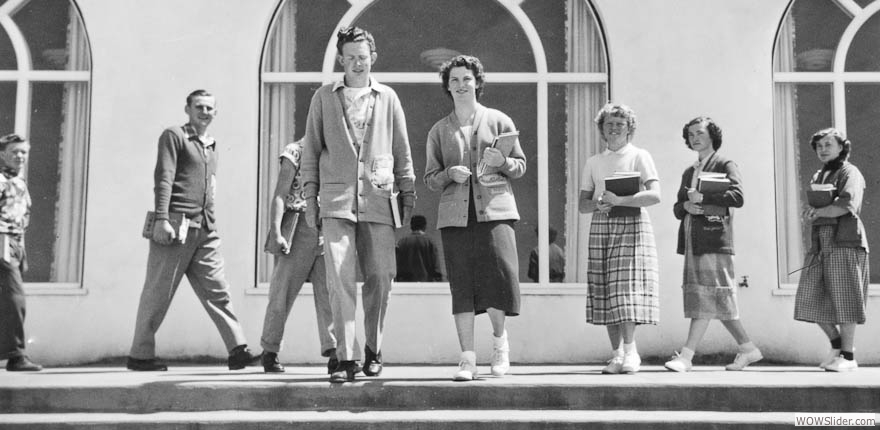
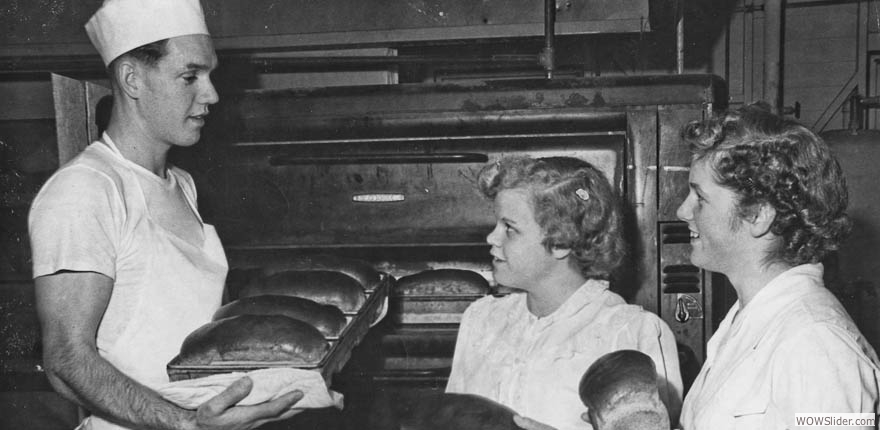
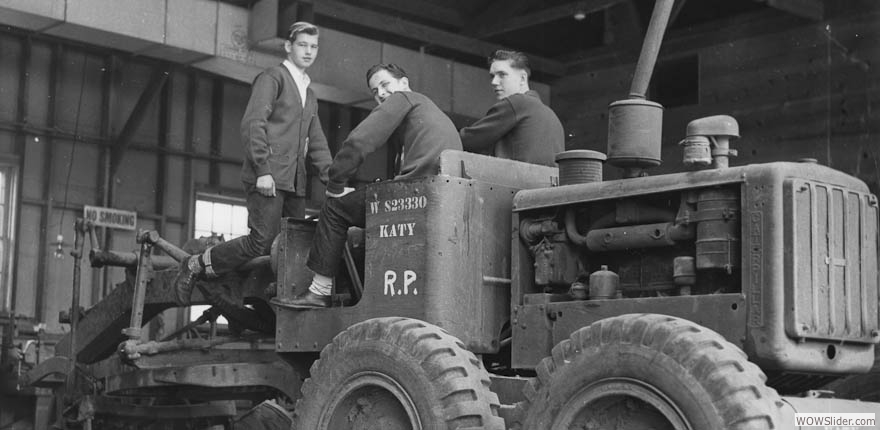


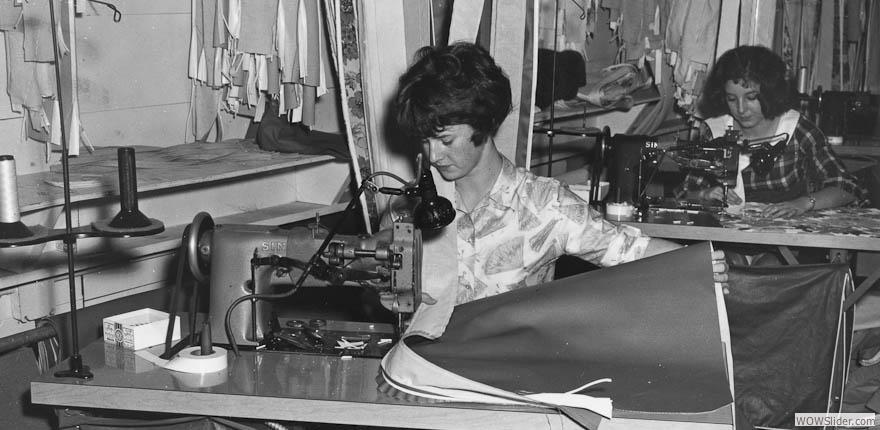

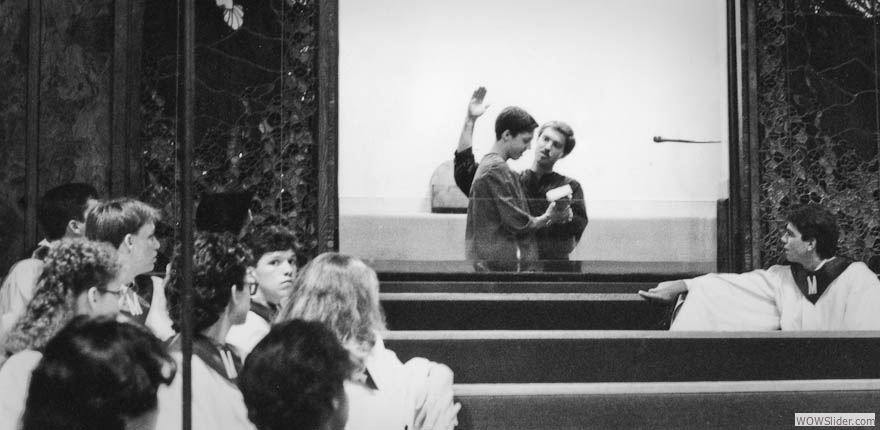
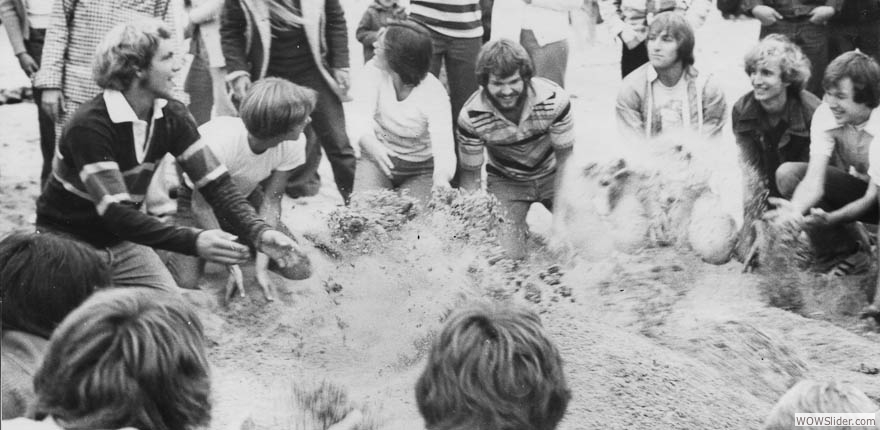
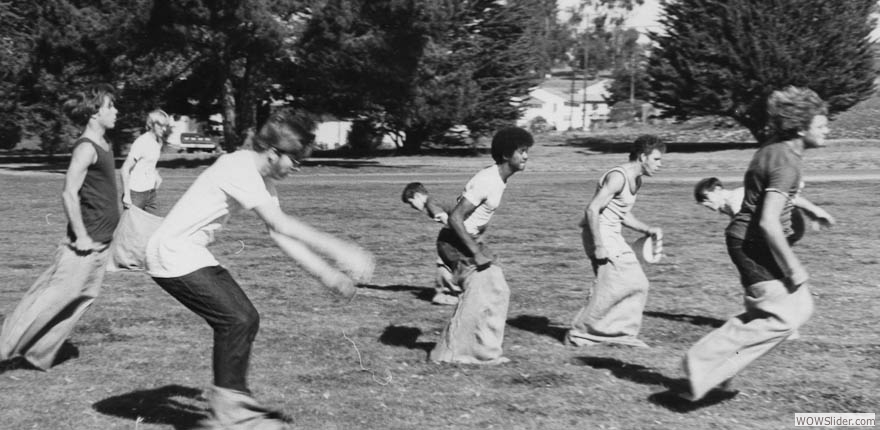
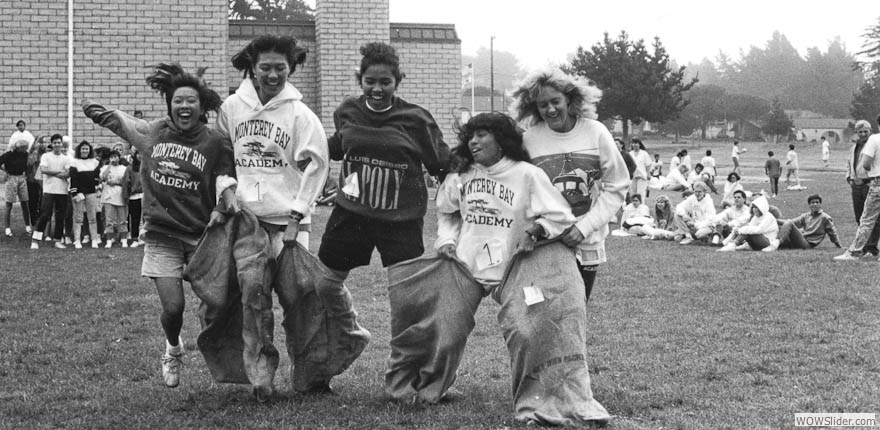
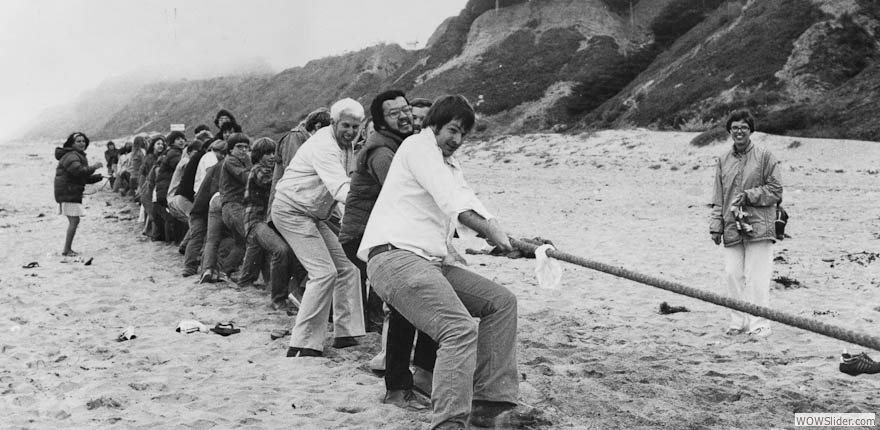
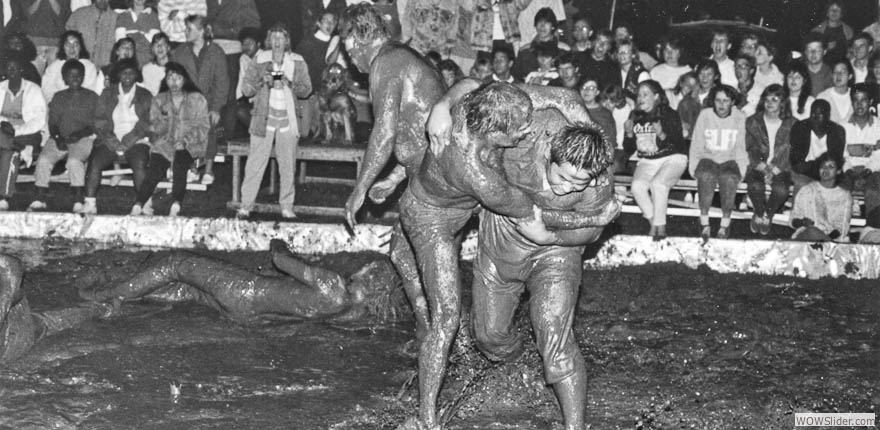
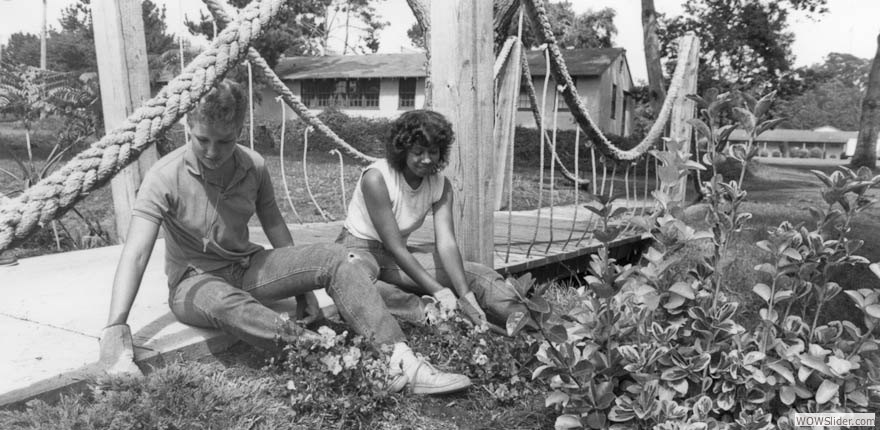
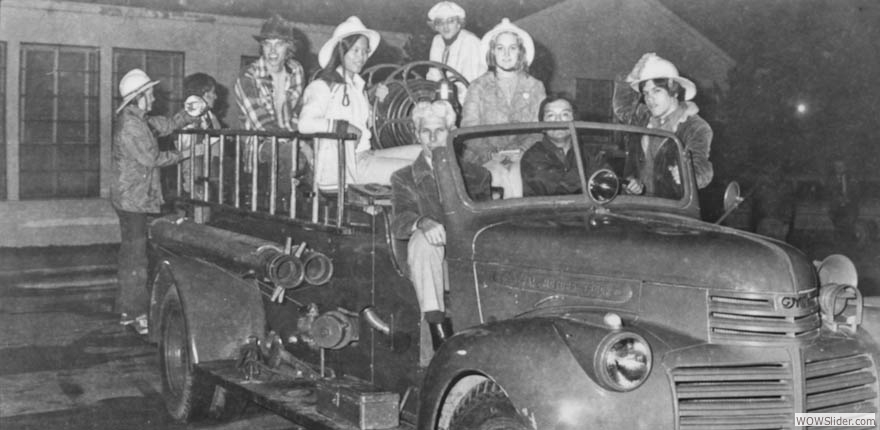
How do you capture what is Monterey Bay Academy—it's history—through the course of 60 years? A filmed documentary would probably be the best venue. However, this is a website. So what would be the next best thing? Your recollections! What we've attempted to do for the past year, is to find out from you—the former students, graduates, teachers, and staff—what was most memorable to you. So reminisce, learn something new, and just enjoy the journey through these remembrances.
1940s Camp McQuaide
Camp McQuaide
The acquisition of Monterey Bay Academy from the US Department of Defense is a familiar story to most of us. If not, please visit our website for the complete details. What you may not realize, is that the Department of Defense (DOD) has conducted regular site checks/surveys ever since 1949. The most recent survey was just a couple of months ago. The DOD looks for possible environmental contamination due to former ammo sites, fuel storage, and the gun emplacement pads along the buff. If ever such contamination were to be discovered, the government would finance the clean-up or removal process. Each visit incites praise from the government for what MBA has done with the property.
In The Beginning
Administration Building The first three civilians to arrive at Camp McQuaide following the acquisition were Elder Leal Grunke, his wife Ruth, and their daughter, Darlene. They moved into the General's House, as it was the place of least disrepair. The work began to convert this military base into a school. This was the promise that Elder Grunke made to Mr. John P. Gifford of the US Department of Education in the summer of 1948.
The Airstrip
Thought the airstrip came with Camp McQuaide? Wrong—according to Diane (Voth) Hendrickson, eldest child of Harvey and Norma Jean Voth, longest-serving principal to date of MBA. Voth was a pilot and had his own airplane. Before the building of the airstrip, Diane recalls as a young child living on the campus, her father coming in for a landing. "He would come in low and would circle two times, his head hanging out the window, hollering down to the strawberry field workers, 'Get out of the way! I'm going to land the plane!'" She said the workers would scatter and Voth would land the plane right between the rows of strawberries, being careful not to disturb the crop. Then he would drive the aircraft up to his house, parking it across the street from his front yard.
Beverly Clausen Mendenhall ('63) recalls her father, Congressman Don Clausen, flying his twin-engine Apache to MBA to pick her up for the trip home to Santa Rosa, CA. "He would land on the dirt west of what is now the laundry. Dad could land on a dime due to his military experience landing planes on an aircraft carrier."
The airstrip was completed in 1968. The Inaugural Fly-in took place on May 26, 1968. The 2400' x 50' air strip was equipped with lights in 1969.
Up In Flames
The firehouse now only serves as a campus landmark. No longer in operation due to the age and unreliability of the fire truck, the truck was sold last year. The firehouse and the many volunteer firemen on campus through the years played a significant role in getting a start on putting out fires before the arrival of the local fire department. Here are just a few of the fires from the past.
The early 60’s from Virginia Goodwin, faculty 1962-1996 "The SAWS building (predecessor to the ADRA building), located next to the maintenance building, caught fire. The warehouse was filled with items ready to be shipped overseas. It was a total loss."
The late 60’s from Bob Baerg, faculty 1966-2004 "The Harris Pine Mill caught fire. MBA's 1947 fire truck was pressed into continuous service for the duration of the fire suppression. It missed a beat now and then but kept on pumping water. Following the fire, the truck was driven to the garage and parked. The next day the garage man attempted to start the truck. It would not start. Upon inspection, it was discovered the timing gear did not have any teeth. How—or more importantly, who—kept the engine running during the fire?"
The year 2000 The Gymnasium caught fire. For some, you would consider this the new gym. It was built in the early 1970s. However, it wasn't new anymore in 2000 and in need of some serious work which would have been a huge capital expense to MBA. Late at night, an electrical fire started on the stage. The gym was left inoperable in its aftermath. However, insurance covered the expense of renewing the gym. Tragedy turned to blessing!
Spring 2009 The "Burn Pile" catches fire. The "burn pile" is located near the old dairy on the ocean side, below the bluff. For years, the tree trimmings would be burned every few months. For the last several years, Monterey Bay Unified Air Pollution Control District has not allowed us to burn it for environmental reasons. Thus the pile had become higher and higher. As school officials contemplated what to do with the situation, there seemed to be no easy or financially reasonable answer. One evening after dark, high winds began blowing. Soon a wall of flame came up over the bluff. The burn pile was on fire! The flames were high. Local fire departments (three trucks) arrived. The decision was made to let it burn. Two days later the burn pile was gone. Nothing in the area was damaged. The previous problem was now solved.
That's Entertainment
While some things never change, such as the traditional MBA handshake event at the beginning of the school year, other forms of entertainment have evolved, been put to rest, or started anew.
Handshake
Talent Show
Grand marches
Roller skating
Fall Festival (decorated booths in the gym)
Boys' and Girls' Campouts (separate weekends)
Les "Linkletter" Show (actually Mr. Goodwin)
Faculty Talent Show (still going strong after all these years)
ASB Slip-n-Slide (down the hill)
Banquets—Ask Night and all
Bowling
The Caterpillar
Critters
Animals have always been a part of the MBA campus—some desired—and some definitely not.
Dead sea lions and whales that wash up on the beach turn into dissection projects for the biology classes.
Dairy cows were a part of the campus until the dairy sold in the late 1990s.
Horses now occupy the former dairy—a non-profit organization that utilizes horses for therapeutic programs operates from that location.
There are the typical dogs and cats on campus. Most of us know the names of everyone's dogs at least: Moses, Sandy, Poohka Bear, Abby, Rocco, Chico, Jasmine, Sydney, Roxie, Shatzi, Beau, Casper, Farley, Pauletta, Baby, Marble, Chopper, Bell, Tilly, Moo, Muffin, Charlie, Bama, Bubbles, Maggie, Baron, Princess, Coal, Charlene, Cherry-baby, Kitty (it really is a dog), Mo-Toe, Bear, Mud, Rocky, Brown Sugar, and Dozer.
However, for 60 years, gophers have remained King of the Critters. One year the school doctor, Dr. Ewert, and the business manager, Keith Wheeler, had a contest to see who could catch the most gophers. According to Virginia Goodwin, she and Mr. Goodwin's Samoyed dog won the competition. Despite numerous methodologies, including blowing up the gopher holes, running water down the tunnels, placing poisons in the holes, setting traps, and teaching your pets to have no mercy upon them—clearly, the gopher has never been dethroned. Sadly, it remains King.
The Church
Once the administration building was completed and occupied in 1953, Baker Chapel served as the meeting place for Sabbath School and Church Services. Students were baptized in the ocean or in the baptismal pool that was located outdoors in front of the Bunkhouse. As the student population continued to grow, Baker Chapel became increasingly more cramped for these services. The focus of the 1970s was to raise money for a church building. In 1980, the church was completed. The baptismal pool was filled in with dirt and disappeared.
Betty Baerg faculty 1966-2004, "For years the faculty and staff and many visitors contributed to the funds to build a church at MBA. We all sacrificed for it because we knew it was needed. We were overflowing each week in Baker Chapel. We watched it being built, and it was a great event when we first met in it. It continues to be a place of beauty where we can worship the Lord."
Leslie Goodwin faculty 1962-1996 "For years, I would move at the church board meeting that we should build a church and every year I was voted down. But when Principal Harvey Voth arrived, and I once again made the motion; he seconded it. We planned, and in time we had our beautiful church."
Bob Baerg faculty 1966-2004 "1980 brought about the completion of the new MBA church. This was done with the leadership of general contractor John Eggers and many volunteers. Many students were also involved."
Jay Bietz faculty 1978-1981 Built the Spanish-style doors to the church. Serving at the time as the Industrial Technology teacher, Jay worked in his "off" hours to construct the doors.
Doug Gibson alumnus 1977 "I made the baptistry doors as well as the stained glass windows along the sides. I was a first-year art student attending Pacific Union College when Mr. Goodwin asked me to do the windows. I was 19-years-old at the time. I created a series of designs and met with the church building committee. They liked the designs, and I convinced them I could make the windows as well. I made the side windows at PUC in the summer of 1978. All of the glass in the windows is handmade from Germany—some of which is blown glass. The following year, I was commissioned by MBA to make the baptistry windows/doors. I built those panels during the summer of 1979 in an old, abandoned tuberculosis ward at Weimar College."
Bob Baerg faculty 1966-2004 "With the help of an audio engineer, we designed a sound system for the church. My daughter, Donna, and I pulled wires for up to 22 microphones from the front of the church to the sound booth. When I wasn't teaching, I devoted most of my time to designing the sound booth and installing the equipment."
Mission—Go Ye Therefore Teaching All Nations, Baptizing Them…
Monterey Bay Academy has raised hundreds of thousands of dollars throughout its history to build churches, schools, and to reach those in need of Jesus around the world in carrying out the Great Commission that Christ taught us. In fact, they are too numerous to mention them all, but here is a sampling.
Church in Menyamya, New Guinea
Church in Mindinao, Philippines
Lima, Peru
Vietnam
Russia
Poland
Belize
Technology
It's difficult to know where to begin with this topic. But let's just preface it to a time when there were no computers, no Internet, no cell phones—just radios, add in a little television, and landline telephones. Now, we can proceed with technological progress at MBA through the eyes of Bob Baerg, faculty 1966-2004, who was at the forefront of these advances.
"By 1979, computers were beginning to make their way into the sciences. MBA purchased several Commodore PET computers in the early 1980s and began teaching BASIC programming. By the early 1990s, "temporary" classrooms were placed adjacent to the science classroom. The PET computers were moved to the "temporary" classroom. The need for more computers continued. We acquired six IBM PCs. A year later, we acquired six more. During the next few years, the computer classroom grew to 24 PCs which BASIC, Pascal, Dbase, Excel, and Access were taught to increasing numbers of students. During the summer of 1995, the idea of the Internet and the world-wide-web began to surface. My wife and I taught ourselves how to use PowerPoint during that same summer and purchased a 32-inch TV to connect to our personal laptop for teaching our classes. Over the next few years, MBA raised about $250,000 towards technological advances for the school. With that came computerized lab, classroom, and six LCD projectors with sound systems and computers. Soon after, a campus network was established, allowing a better communication system for the teachers and greater student access."
The campus now consists of 150 networked computers, supervised Internet access in specific areas, Smart Boards in the classrooms with i>clickers. Parents can access their children's grades through Edline, an Internet-based grading/posting system, daily if they like. An abundance of information about MBA exists on our website all but eliminating the need for expensive enrollment packets being sent through the mail.
In conclusion, MBA's history has often paralleled the world, and in other instances has remained unique unto itself. Be it the geography, the experience, the people—without question—there is no place like Monterey Bay Academy. May it thrive for 60 more years and beyond until Jesus returns.
